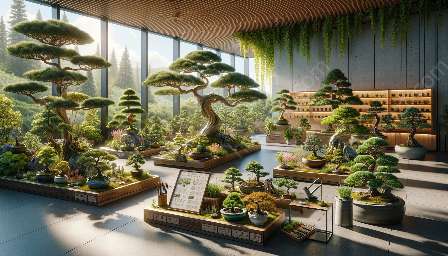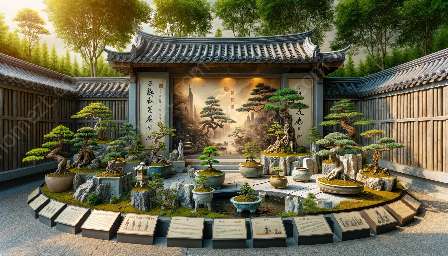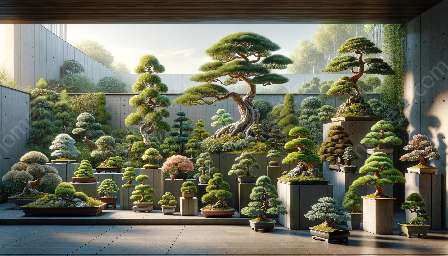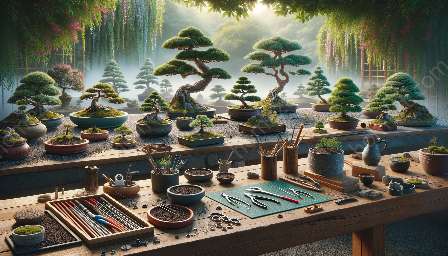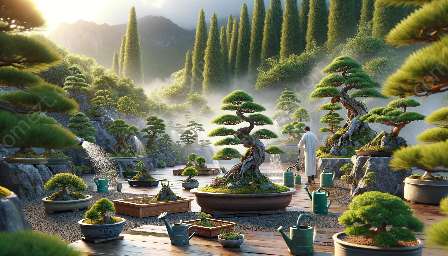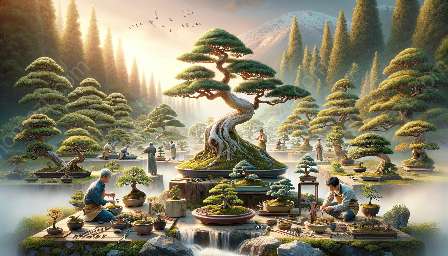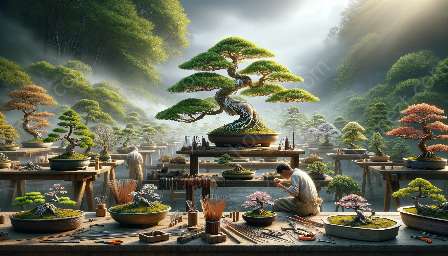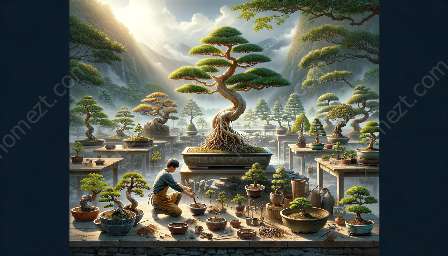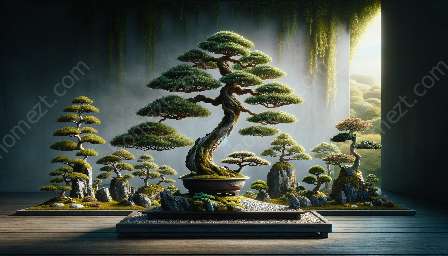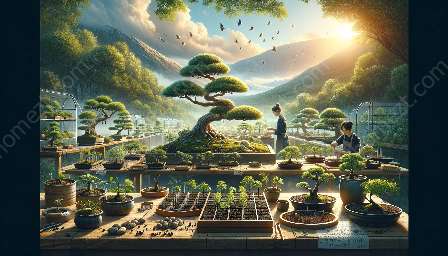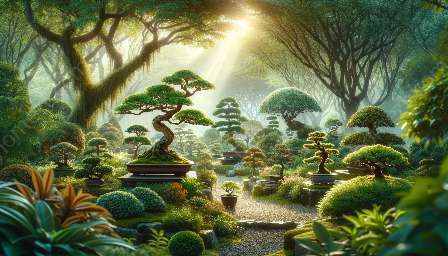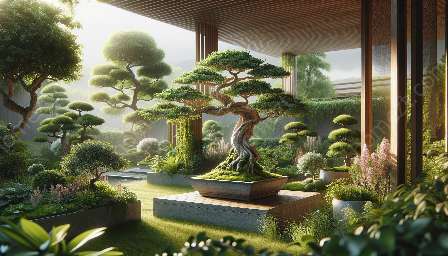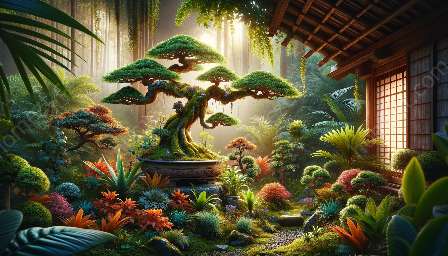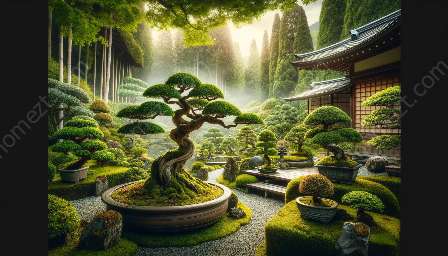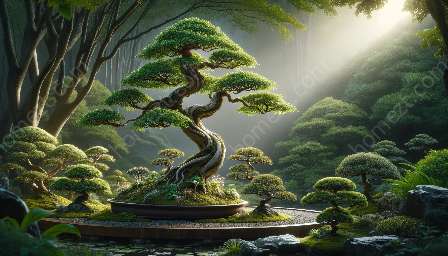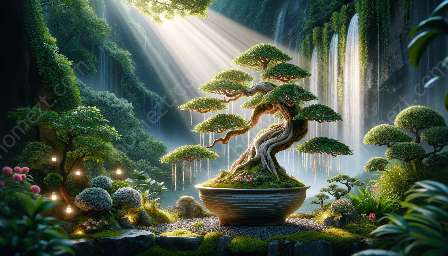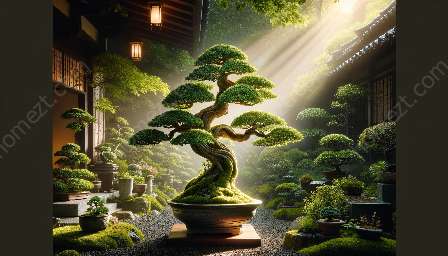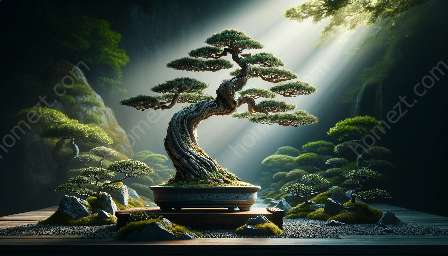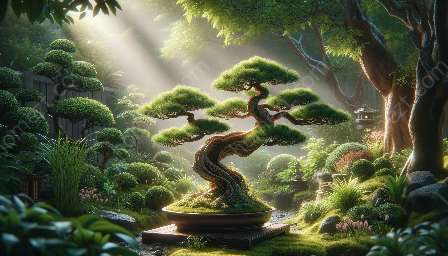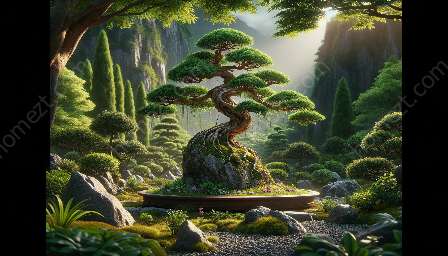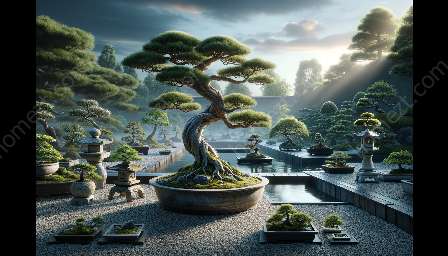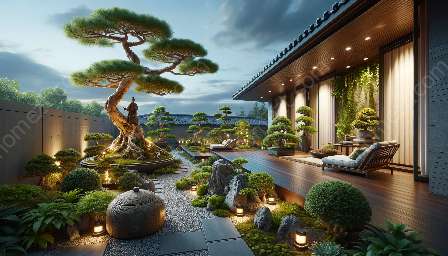Bonsai trees are a fascinating and beautiful addition to any garden or landscape. These miniature trees require special care and attention, especially when it comes to watering techniques. In this guide, we will explore the art of watering bonsai, including best practices, tips, and advice for integrating these techniques into your gardening and landscaping routines.
Bonsai Cultivation
Bonsai cultivation is an art form that originated in China and has been refined and perfected over centuries by Japanese artisans. It involves cultivating small trees that mimic the shape and scale of full-sized trees, creating a harmonious and balanced composition within a small space. Bonsai cultivation requires a deep understanding of horticulture and an appreciation for the natural beauty of trees.
Understanding Bonsai Watering Techniques
Watering bonsai trees is a crucial aspect of their care, as their small size and confined root systems make them more susceptible to both underwatering and overwatering. Finding the right balance is key to maintaining the health and vitality of your bonsai trees.
1. Timing and Frequency
Timing and frequency of watering are essential factors to consider when caring for bonsai. The specific needs of your bonsai tree will depend on its species, size, pot size, soil composition, and environmental conditions. Generally, bonsai trees need to be watered when the soil begins to dry out, but it's crucial to avoid letting the soil become bone dry or waterlogged.
2. Watering Techniques
There are several watering techniques suitable for bonsai cultivation, including:
- Top Watering: This method involves pouring water onto the soil surface until it begins to run out of the drainage holes at the bottom of the pot. It ensures thorough soil saturation and can be used for most bonsai species.
- Submersion: Submerging the entire pot in a container of water allows for efficient watering, particularly for bonsai with compacted soil or those that may dry out unevenly.
- Misting: Some bonsai species with delicate foliage benefit from misting their leaves with water to maintain humidity levels. However, misting should not replace regular watering.
Experimenting with these techniques and observing your bonsai's response can help you determine the most effective approach for your specific tree.
3. Soil and Pot Considerations
The type of soil and pot your bonsai is planted in can significantly impact its watering needs. Well-draining soil and pots with adequate drainage holes are essential for preventing waterlogged roots, which can lead to root rot. Choosing the right soil composition and pot size is critical for successful bonsai cultivation.
Integrating Watering Techniques into Gardening and Landscaping
When caring for bonsai, it's important to integrate watering techniques into your overall gardening and landscaping routines. Whether you have a dedicated bonsai garden or incorporate bonsai trees into your broader landscape, understanding their watering needs is crucial for their long-term health and beauty.
1. Irrigation Systems
If you have a collection of bonsai trees, consider integrating them into your existing irrigation system. Drip irrigation or micro-sprinklers can provide consistent and controlled watering, ensuring that each bonsai receives the right amount of water without the risk of overwatering or underwatering.
2. Monitoring Environmental Conditions
Be mindful of changes in environmental conditions, such as temperature, humidity, and sunlight exposure, as these can impact the watering needs of your bonsai trees. Adjust your watering schedule and techniques accordingly to accommodate these changes and ensure your bonsai's well-being.
Conclusion
Mastering the art of watering techniques for bonsai is essential for any enthusiast or gardener looking to cultivate and maintain healthy and beautiful bonsai trees. By understanding the specific needs of different bonsai species, experimenting with various watering methods, and integrating these techniques into your broader gardening and landscaping routines, you can ensure the long-term vitality and beauty of your bonsai collection.

